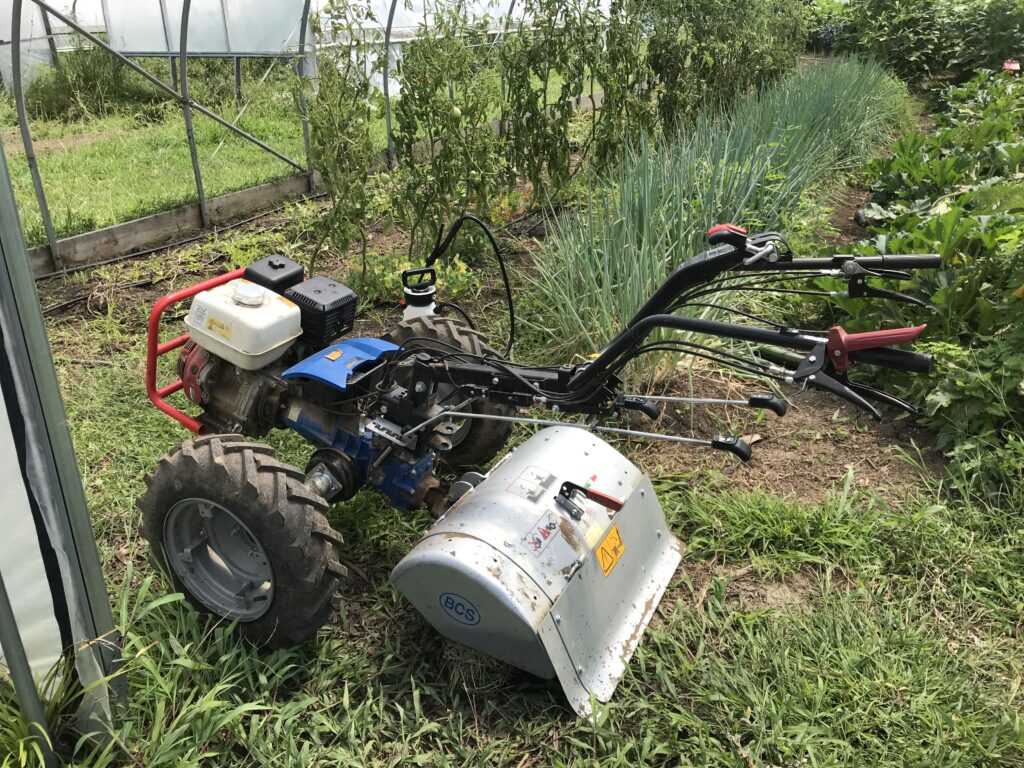As the temperature started warming up volunteers started to show up and so did the volunteer coordinator. The coordinator handled volunteer communication and worked with them while they were on the farm. She was absolutely great and made having volunteers easy. Having untrained one time only labor can be hard to manage but with someone there with them it was a breeze. It gave me the head space to answer questions as well as do my own tasks. One intern started working weeks before any of the three. She had some experience with watering and a few garden tasks. On top of that she watered every weekend, is always on time and always understands instructions. I met the other three interns and over the next three weeks they started filtering in. Looking back I had some high hopes and big goals and was about to come headlong into some realities instead. The two main goals were to redo all the irrigation systems so that the operation would be easy and not take hours as it did and still does. The other was to create a permaculture zone map for the farm and draw the map permanently on a marker board. With that dry erase drawing I could leave instructions without texting or email and they would be more clear. The farm was already producing and the Residential Programs and Services (RPS) department purchased the food by weight and allowed us to use their walk-in refrigerator. I started to hear from the directors and manager that the purchasing relationship was becoming tenuous. I started to realize that there was not a great deal of support for the farm project from the University. The purchaser wasn’t incentivised in any way towards purchasing the campus farm’s food, so it probably just looks like overspending on quarterly reports. The purchaser would not pay market price and was demanding that all prices be cut in half for all farm produce. I was still excited to have the key to the Hilltop Garden Center. An educational garden and greenhouse that I love and wished I could be a part of years before and now I could walk in whenever I wanted.
Bed preparations have been fun on the farm. Beds that don’t have weed cover or cover crops are managed in a no till style. Small weeds are hoed and raked out of the beds before a dry fertilizer is spread. There are two main fertilizers that we use at the campus farm, one is a chicken manure based fertilizer and the other is neem cake meal made from the waste of neem oil processing. Chicken manure fertilizer is often between 3-2.5-1.5 to 6-4-3 N-P-K. Neem cake meal releases nutrients slowly as the product breaks down and has a typical N-P-K content of 4-1-2 to 6-1-2. Chicken fertilizer is applied to outdoor beds and neem in tunnels in hopes to reduce salt build up in high tunnel beds. After a light dusting of fertilizer the bed is broad forked then raked flat and mulched with compost. It is a very effective system for aeration and fertility.
